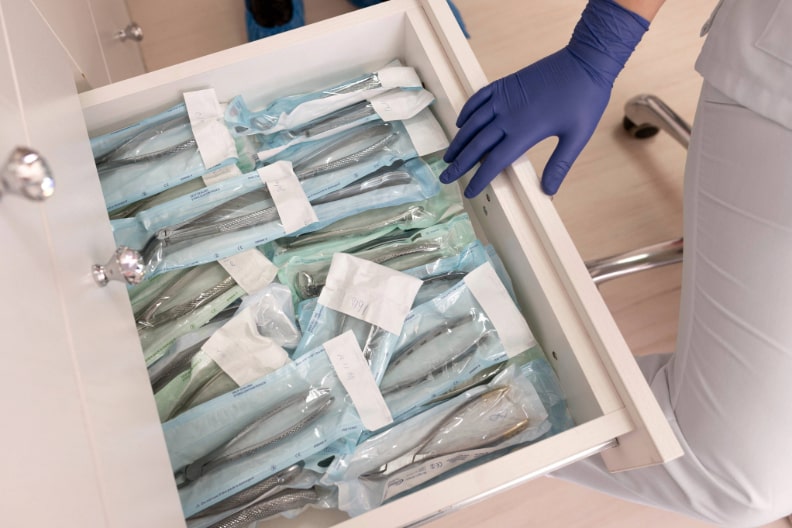Ethylene Oxide (EO) Residual Testing

Ethylene Oxide and Sterilization Process
Ethylene oxide is a gas widely used, especially in the sterilization of medical devices. Thanks to its high penetration ability, ethylene oxide is ideal for sterilizing devices made with traditional non-heat-resistant materials such as plastics and sensitive electronic components. However, during the sterilization process, residues of this gas can remain on the device surface and potentially have harmful effects on patients.
Ethylene oxide gas kills microbial organisms by disrupting their cell structure, but residues of this gas can remain on devices after sterilization. Prolonged exposure to ethylene oxide residues can pose serious health risks, especially for sensitive patients. Therefore, it is very important that ethylene oxide residues are detected and reduced to appropriate levels.
In medical devices, ethylene oxide residue limits set according to relevant standards and regulations should be checked in products sterilized with ethylene oxide. ethylene chlorohydrin, ethylene oxide, ethylene glycol can be identified and residue amount determined using gas chromatography in medical devices.
In addition to medical devices, ethylene oxide residues are analyzed in surgical products, gowns, drapes, catheters and stent delivery systems. Ethylene oxide residue analysis is important for determining the toxicological risk to end users.
- Training and Protocols: Healthcare personnel should be trained in compliance with sterilization and cleaning protocols.
- Technological Advances: New analysis techniques allow for more sensitive detection of ethylene oxide residues.
- Regular Testing: Regular testing of devices after each sterilization minimizes health risks and ensures patient safety.
Risks of Ethylene Oxide Residues
Ethylene oxide residues can pose various health risks on medical devices. These include:
- Respiratory Problems: Ethylene oxide can cause respiratory disorders when inhaled, and prolonged exposure can lead to the development of diseases such as asthma.
- Cancer Risk: Ethylene oxide is a compound with carcinogenic properties. Prolonged or high dose exposure can lead to cancer.
- Alergic Reactions: Ethylene oxide can cause skin rashes, breathing difficulties and other allergic reactions in some individuals.
- Biological Effects: The device's ethylene oxide residues may produce biological effects when in direct contact with medical devices injected into the body.
It is important to work with expert teams and competent laboratories to test and improve the quality and system performance of medical devices. As Nanolab Laboratories Group, we provide
Ethylene Oxide Residue Analysis in Medical Devices services.

